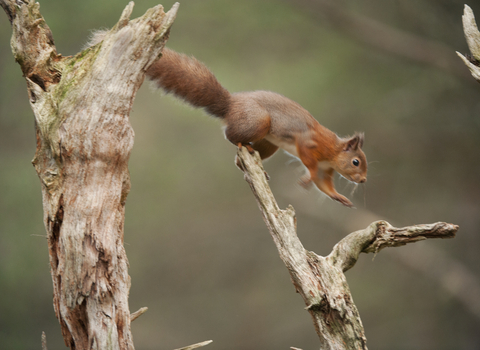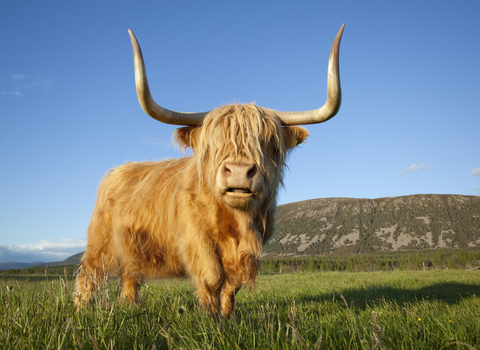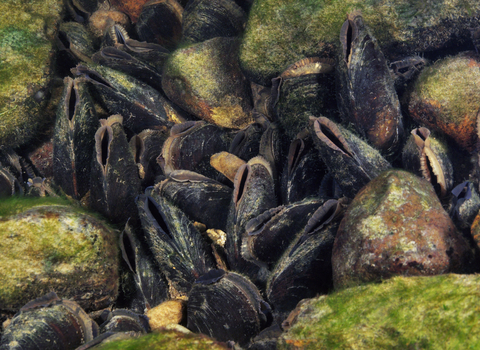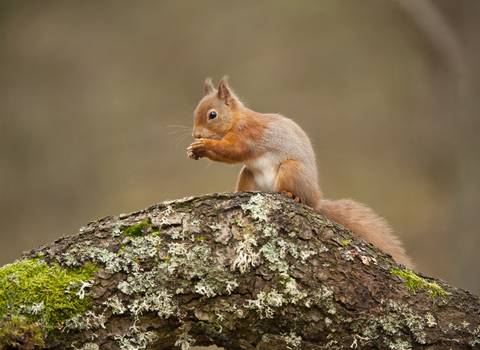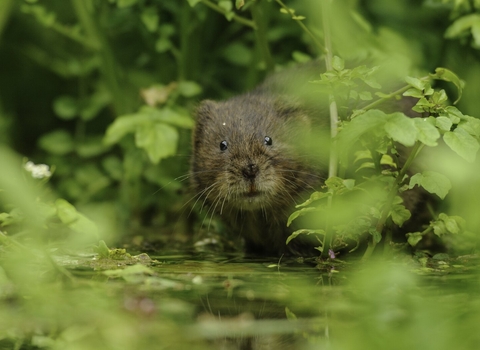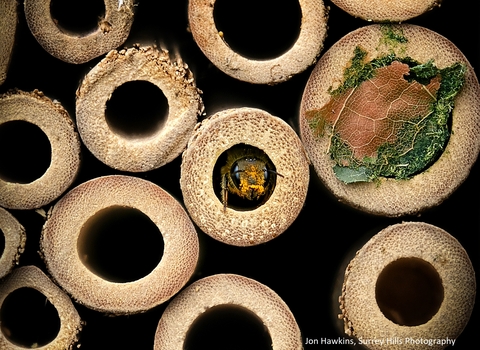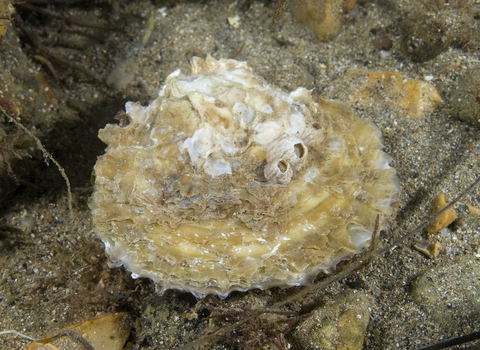What we do
Wildlife Trusts across the UK, Alderney and the Isle of Man are working hard to not just slow, but reverse the decline of wildlife. Often this means our work is focussed on making more space for nature and connecting habitats up at a landscape scale. In some cases, there is what is known as a 'keystone' species missing from the landscape, which would help to put the pieces back together again - so our work can involve reintroducing them. At other times, our work may involve giving species that need special help to survive, due to risk of extinction or persection, a chance of making it.
Discover more about our work to bring back wildlife below.
Keystone species
Keystone species are species that help to define an ecosystem (a community or group of living organisms that interact with each other and the shared environment they live in).
A keystone species has a big impact on how many other species live in the same environment, and how well they are doing. They can do this in lots of different ways - for example through grazing or digging, or the way it interacts with other species there, such as through predation. Like the keystone at the centre of a stone archway, they help to hold everything together.
Here are some of the keystone species that we are working to reintroduce where they have long been missing.
Species we're helping
Some of our most beloved species are under threat from extinction or persecution. Many Wildlife Trusts run targeted conservation programmes to help save these species and protect them from the threats they face.
Find out more about some of these programmes below.

